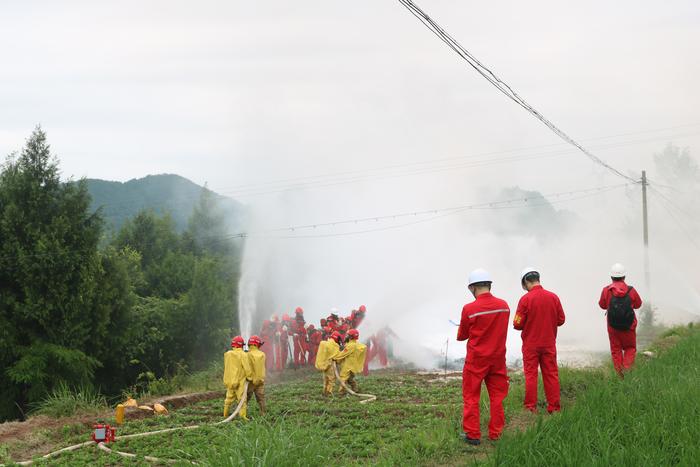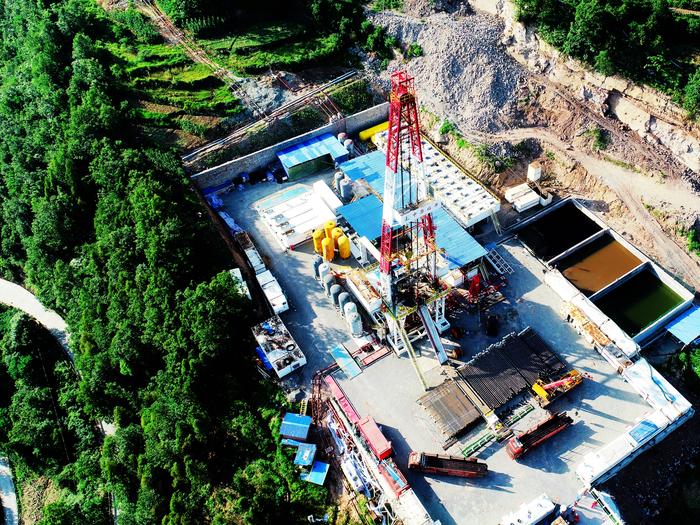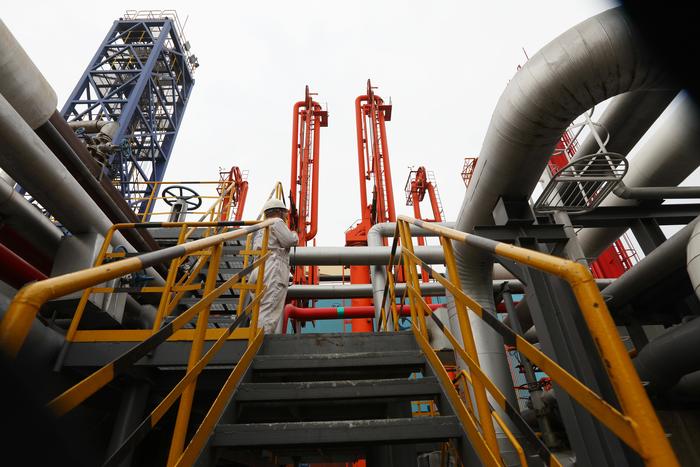|
| 2018-06-29 来源: 中国石化新闻网 |
| 石化新闻 |
|
中国石化新闻网讯 WENews.com/June 网站6月27日休斯敦报道,近三分之二(64%)的油气行业领导者预计今年将增加或维持天然气项目上的支出,因为这个行业准备在本世纪30年代中期将天然气取代石油成为全球的主要能源。 由挪威船级社(DNV)和德国劳氏船级社(GL)合并后组成的新机构DNV GL集团日前进行的一次调查的结果显示,人们对天然气的信心正在增长。在接受调查的813位资深业内人士中,绝大多数人(86%)认为,天然气——碳密度最低的化石燃料——将在未来十年全球能源结构中扮演越来越重要的角色,高于去年的77%。 天然气将成为最大的单一能源来源。根据DNV GL 2017年的能源转型展望报告,到本世纪30年代中期,全球对天然气的需求将达到顶峰。 DNV GL集团油气公司首席执行官利瓦说:“社会向低碳能源结构的转变已经成为现实,而石油和天然气将继续是关键的组成部分。我们的研究证实,天然气行业已经在采取积极措施来确保我们预测的天然气在满足未来低碳能源需求方面发挥重要作用。” 李峻 编译自 WENews.com 原文如下: Gas to Overtake Oil as Primary Energy Source by Mid-2030s Nearly two-thirds (64%) of oil and gas sector leaders expect to increase or sustain spending on gas projects in 2018, as the sector prepares for gas to overtake oil as the world’s primary energy source in the mid-2030s. Confidence in the case for gas is growing, according to a survey by DNV GL, the technical advisor to the industry. The vast majority (86%) of the 813 senior industry professionals surveyed agree that gas - the least carbon-intensive fossil fuel - will play an increasingly important role in the global energy mix over the next decade, up from 77% last year. The stage is set for gas to become the largest single source of energy. Demand for it will peak in the mid-2030s, well after the use of each of the other fossil fuels has gone into long-term decline, according to DNV GL’s 2017 Energy Transition Outlook, an independent forecast of the global energy mix in the lead-up to the mid-century. The model predicts the industry’s intentions for increasing gas investments will accelerate in the early-2020s as major oil companies decarbonize their business portfolios. “Society’s transition to a less carbon-intensive energy mix is already a reality, and oil and gas will continue to be crucial components. Our research affirms that the industry is already taking positive steps to secure the important role we forecast gas to play in helping to meet future, lower-carbon energy requirements,” said Liv Hovem, CEO, DNV GL- Oil & Gas. “Significant investment will be needed in the gas industry over the coming decades to increase capacity, transform assets to source and transport a decarbonized mix of energies, and to safely build and maintain the infrastructure needed to connect emerging supply regions with evolving demand centres,” Hovem added. Power generation is predicted to be the primary consumer of gas in most regions, though manufacturing could demand similar volumes in emerging markets. DNV GL’s 2017 Energy Transition Outlook suggests that North East Eurasia and the Middle East and North Africa will increase gas output towards 2040 at least, overtaking North America as the world’s largest gas producer. Production is also forecast to double in China, the Indian Subcontinent and South East Asia. The stage is set for gas to become the largest single source of energy. Demand for it will peak in the mid-2030s, , according to DNV GL’s 2017 Energy Transition Outlook. “Society’s transition to a less carbon-intensive energy mix is already a reality, and oil and gas will continue to be crucial components. Our research affirms that the industry is already taking positive steps to secure the important role we forecast gas to play in helping to meet future, lower-carbon energy requirements,” said Liv Hovem, CEO, DNV GL- Oil & Gas.
|








